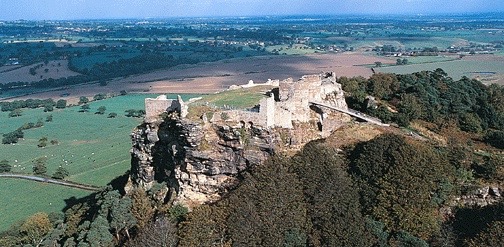
There’s only one thing worse than being chased across the sea to Ireland by your deadliest enemies, and that’s knowing that you’ve left your stash hidden down a well in a castle in Cheshire. This was the sad plight of King Richard ll (r.1377 and murdered in 1399), and it has forever entwined Beeston Castle with the promise of treasure.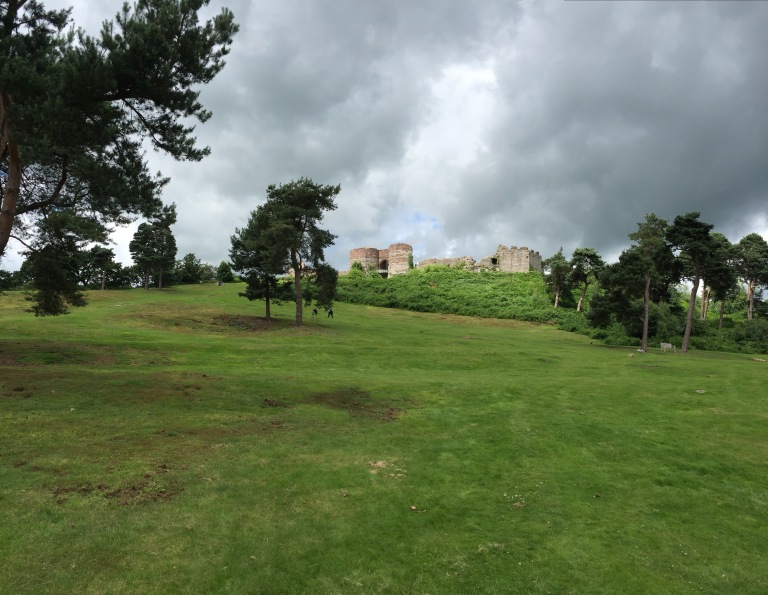
In practical terms, Beeston was an excellent choice, having what is considered the deepest medieval well in England – an extravagant 370ft – and a stout fortification surrounding it. The myth of a king’s hoard has been so persistent that even English Heritage, that bastion of no-nonsense, has been intrigued enough to lower cameras down into the well to examine the stonework (…and look for treasure…).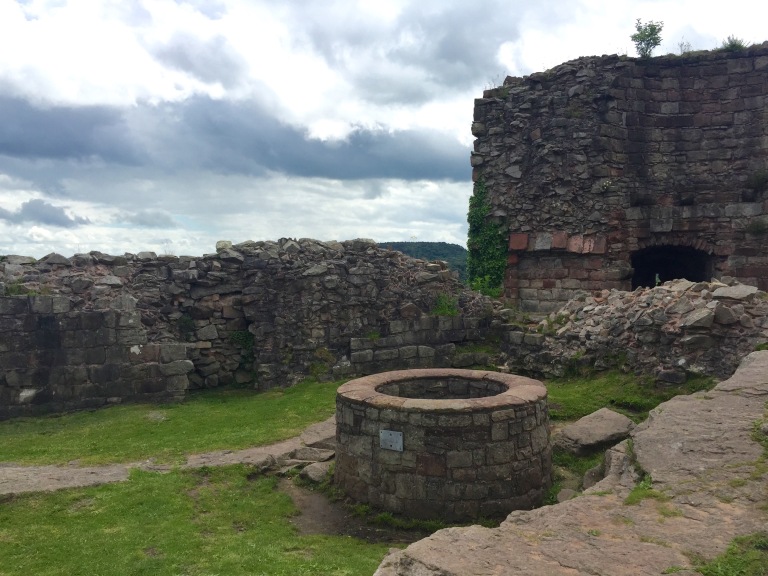
There have been two concerted attempts to clear the well, once in 1794, again in 1842 and then in 1935. During the latter exploration, entrances were discovered to what might possibly have been three passages, but the excavation only reached 339ft. It was believed that there was a fourth undiscovered passage at about 350ft.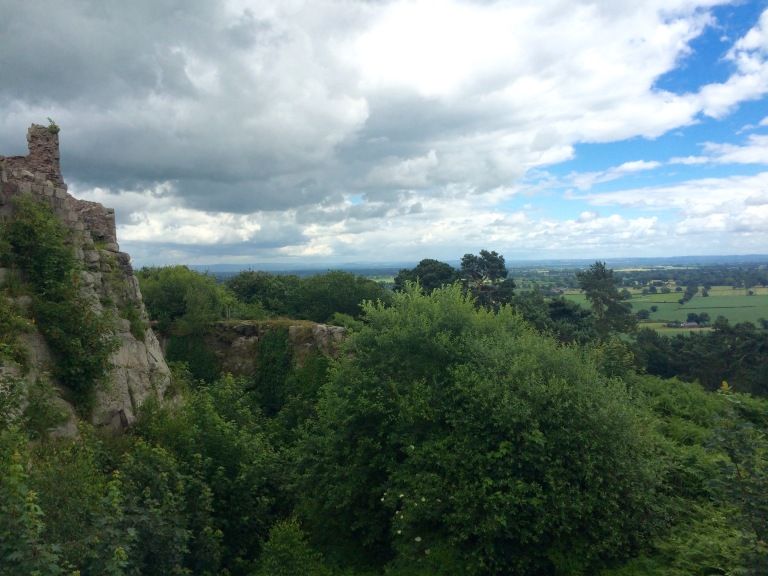
And what about the stash? A sixteenth century document suggested that some of the priceless artifacts included pieces such as a gold quadrant in a leather case, a golden reindeer lying on a green, a gold stag under a tree, a white helmet of St George, cups and jewellery. Worth, it is estimated, a cool “100,000 marks in gold coin and 100,000 marks in other precious objects” – approximately £200 million. Which is, fortuitously, almost enough to buy a house in this particularly sought after spot.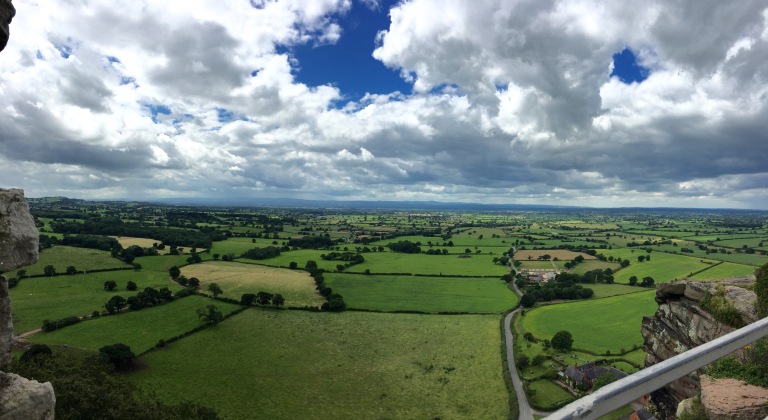
However, before you break out the ropes, headlights and house brochures, there is a small problem concerning the hoard; historical sources report that Henry IV (r.1399–1413) may have recovered the treasure when he visited in the fifteenth century. Typical.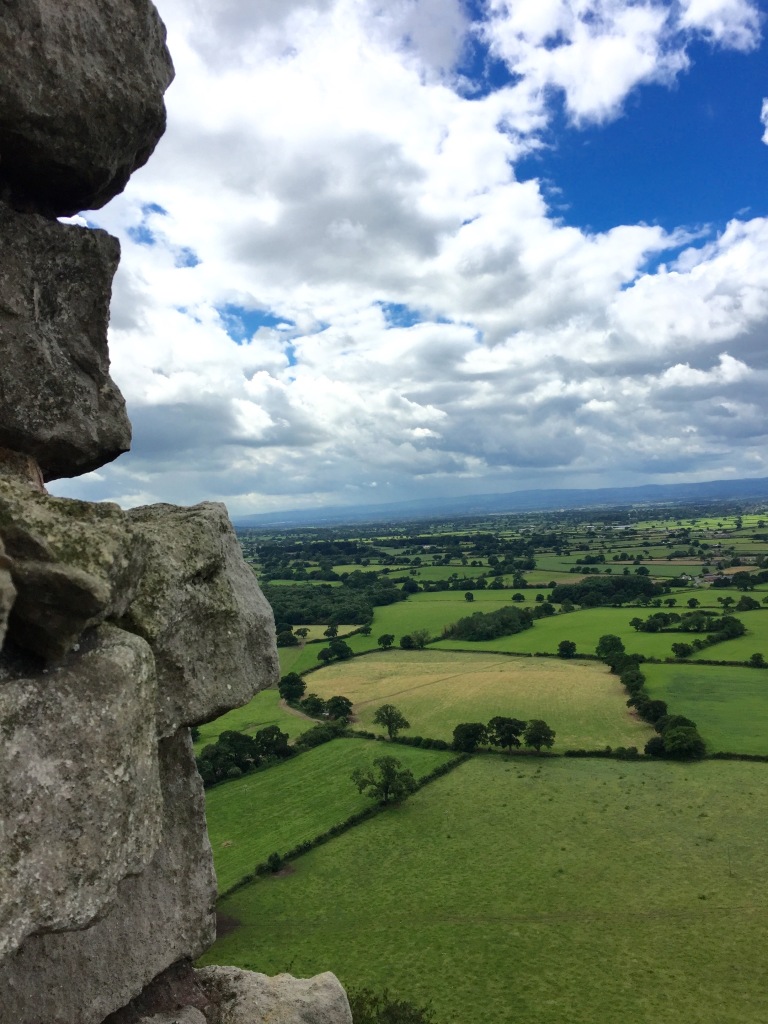
Despite all the gold and silver, what was of particular value to me was the discovery that part of the hoard was a brooch in the shape of a white hart. I’ve been following the white deer for a while now. I’ve been lead to a ruined church on the banks of the River Dee, through the unfolding story of my first novel, to the heights of a sandstone ridge and even into the darkest forests of early Welsh myth, and I always find myself exactly where I need to be. So I’ll let the White Deer lead on…and if anyone finds a priceless, fourteenth century white hart brooch, it belongs to me.
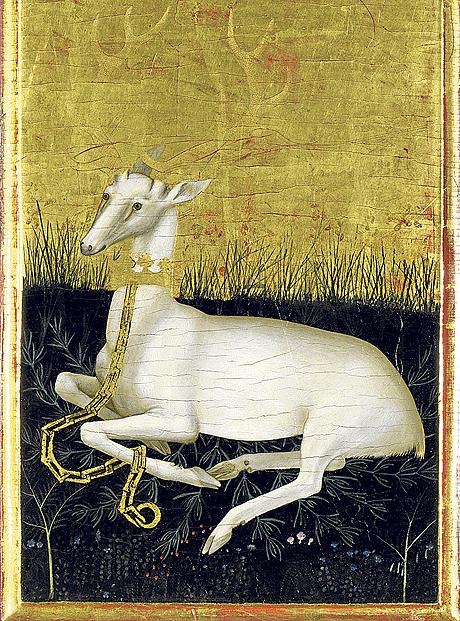
Richard II’s badge from the Wilton Diptych (1396). The grass has darkened with age
Photo: NATIONAL GALLERY